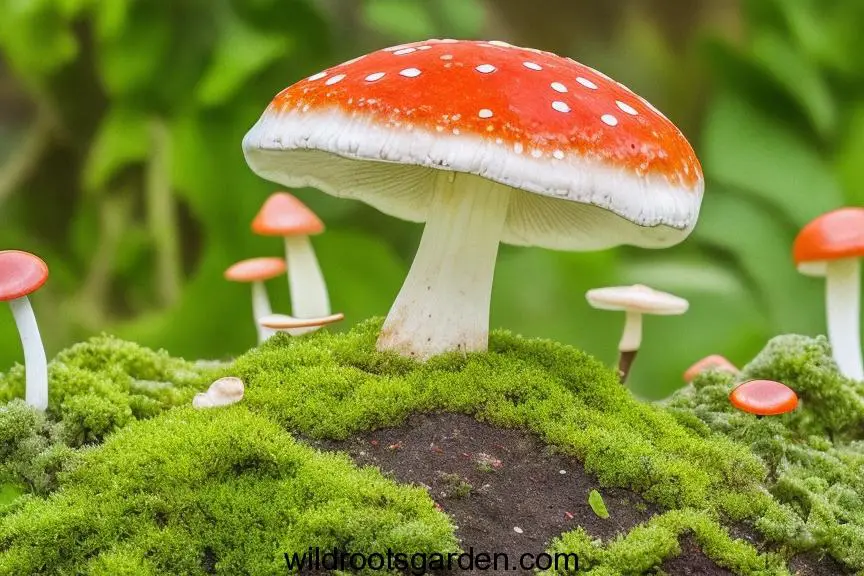Types of Garden Fungus With the help of our in-depth guide to various garden fungus kinds, explore the fascinating world of mushrooms in your garden. For the purpose of keeping a healthy and growing garden, learn about strategies for detection, prevention, and treatment. Both new and seasoned gardeners frequently come into contact with the interesting world of fungi in their gardens. These numerous creatures contribute to the health of the soil and play important functions in the ecosystem by breaking down organic debris. But not all fungi are helpful; some of them might harm the plants in your yard. We will examine the numerous kinds of garden fungi in this extensive reference, offering perceptions, professional advice, and practical guidance to assist you in comprehending, recognizing, and controlling these fungal invaders.
Different Types of Garden Fungus: A Comprehensive Guide
Garden fungi exist in a variety of forms, dimensions, and hues, each with its own special traits and results on plants. We’ll discuss the following types of garden fungi in this guide:
1. Powdery Mildew
A typical fungal illness known as powdery mildew causes white powdery growths on plant leaves. It can damage a wide variety of plants, from roses to vegetables, and thrives in humid environments. Make sure plants are properly spaced apart, that there is adequate airflow, and that affected leaves are removed in order to control powdery mildew.
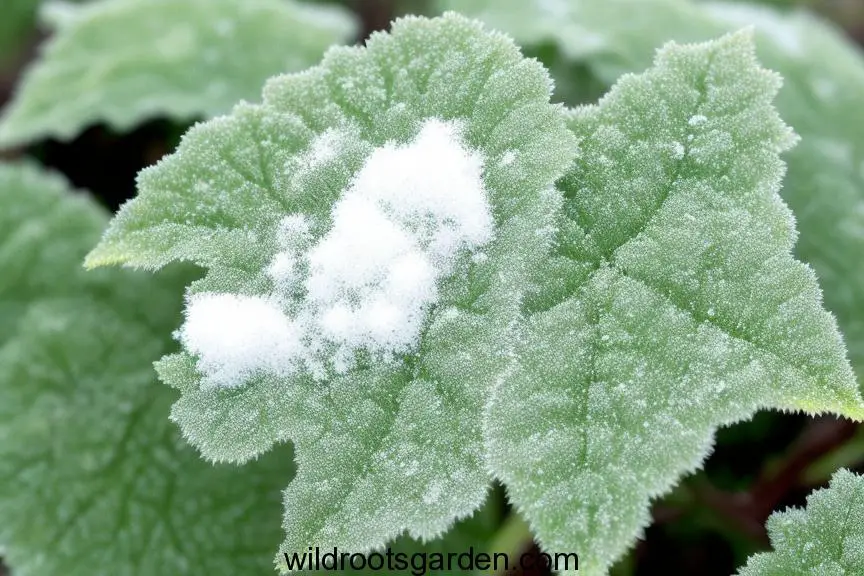
2. Root Rot
Several fungi attack the roots of plants to create root rot, which results in stunted growth, wilting, and plant death. This harmful condition can be avoided with the use of well-draining soil, balanced watering, and proper drainage.
3. Leaf Spot
Small, dark dots that are frequently encircled by a golden halo are produced on leaves by leaf spot fungi. These blotches may coalesce, causing leaves to wilt and fall off before they should. To lessen the occurrence of leaf spots, prune the afflicted foliage, abstain from overhead watering, and encourage optimum plant spacing.
4. Rust
On leaves and stems, rust fungus cause rusty or orange patches. They proliferate in damp settings and are spread by spores. To avoid rust, remove infected leaves, ensure adequate ventilation, and water plants at the base.
5. Downy Mildew
Yellow patches and greyish growth are the symptoms of downy mildew, which also affects the undersides of leaves. It spreads quickly in damp, chilly environments. To manage downy mildew, use fungicides, leave enough space between plants, and minimize overhead irrigation.
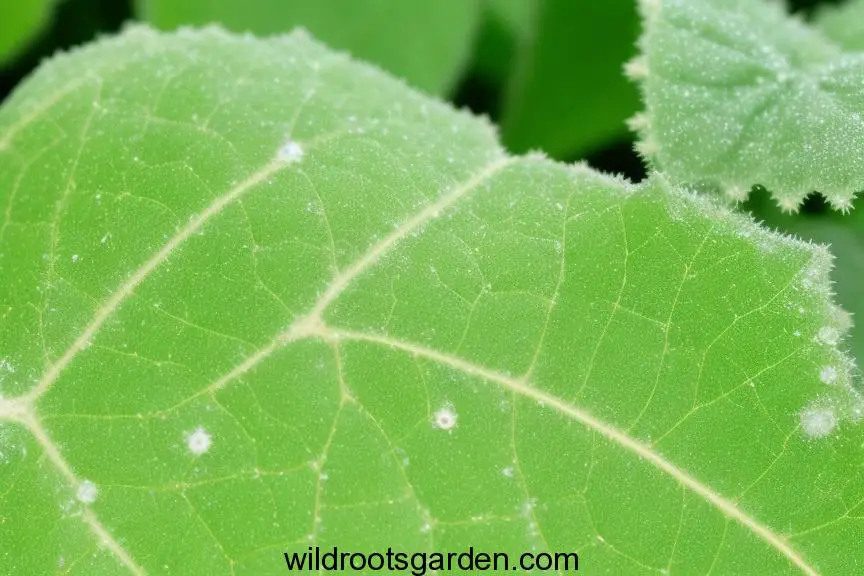
6. Black Spot
A widespread fungal disease of roses, black spot causes black patches with fringed edges on leaves. To fight black spots, keep leaves dry, cut the affected regions, and use resistant rose varietals.
7. Anthracnose
Anthracnose leads to dark lesions on leaves, stems, and fruits. It’s prevalent in wet conditions and can affect various plants. Remove infected plant parts, practice proper sanitation, and improve air circulation to prevent anthracnose.
8. Sooty Mold
Sooty mold forms a dark, powdery layer on leaves, often as a result of honeydew secretion by insects. Control insect pests, wash affected leaves with soapy water, and enhance overall plant health to eliminate sooty mold.
9. Fairy Rings
Fairy rings create circular patterns of darker or greener grass due to underground fungal growth. Aerate the soil, water evenly, and fertilize to promote healthy grass and discourage fairy ring formation.
10. White Mold
On plant stems and leaves, white mould appears as a fluffy white growth. It mostly has an impact on beans and other legumes. To avoid white mould, give plants enough room, provide appropriate ventilation, and limit watering.
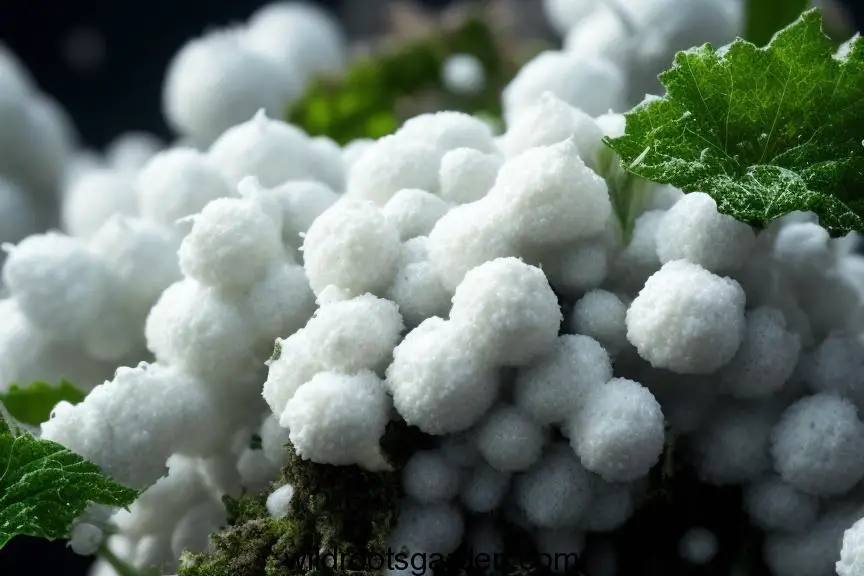
11. Clubroot
Brassica roots are impacted by clubroot, which results in their swelling and misalignment. To control clubroot, use well-draining soil, follow crop rotation, and stay away from planting brassicas there.
12. Botrytis Blight
In flowers and fruits, botrytis blight, often known as grey mould, causes brown patches and fuzzy grey growth. Botrytis blight can be avoided by increasing air circulation, removing affected plant sections, and not overhead watering.
13. Smuts and Rusts
Smuts and rusts are fungal infections that produce dark masses or rust-colored pustules on plant parts. Remove infected material and consider planting disease-resistant varieties to control smuts and rusts.
14. Phytophthora Blight
Plants that have Phytophthora blight wilt, yellow, and eventually die. In soggy soil, it thrives. To stop phytophthora blight, enhance drainage, place plants appropriately apart, and abstain from overwatering.
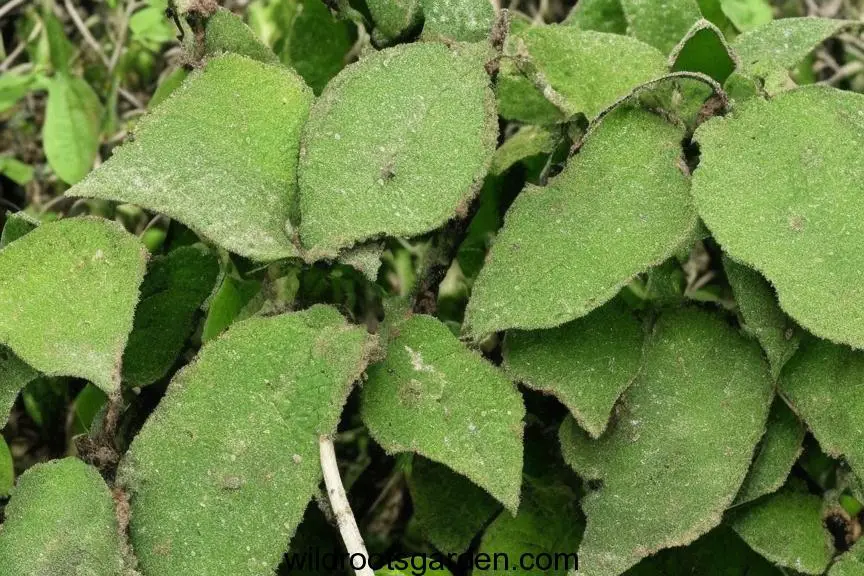
15. Septoria Leaf Spot
Little, dark patches with light centres are the result of the septoria leaf spot on leaves. It has an impact on a variety of plants. To avoid septoria leaf spot, remove affected foliage, water at the base, and apply mulch.
16. Fusarium Wilt
Wilting, yellowing, and stunted development are symptoms of fusarium wilt. It targets the vascular system of the plant. To prevent fusarium wilt, choose disease-resistant types, maintain good hygiene, and control soil moisture.
17. Cedar Apple Rust
The undersides of leaves develop orange, gelatinous growths caused by cedar apple rust. Apple and cedar trees are both impacted. To treat cedar apple rust, remove affected leaves, perform regular pruning, and keep trees healthy.
18. White Rust
On the undersides of leaves, white rust causes blister-like development that is white in color. Many floral plants are the goal. To control white rust, remove the diseased leaves, increase airflow, and use fungicides.
19. Damping-Off
Damping-off is a seedling disease that causes sudden wilting and death. It’s common in overly moist conditions. Use sterile soil, provide proper ventilation, and avoid overwatering to prevent damping-off.
20. Gray Mold
Gray mold, caused by the Botrytis fungus, affects various plants, causing decay and rot. Remove infected parts, maintain good air circulation, and avoid overwatering to prevent gray mold.
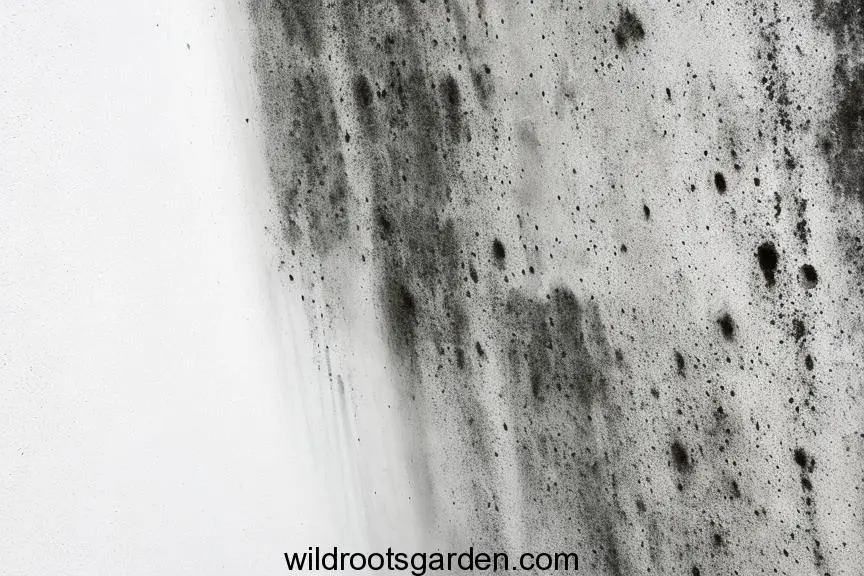
21. Rhizoctonia Blight
Rhizoctonia blight leads to brown patches on lawns and damping off in seedlings. Improve lawn care practices, avoid over-fertilization, and promote proper drainage to prevent Rhizoctonia blight.
22. Pythium Root Rot
Particularly in soil that is saturated with water, pythium root rot results in root degradation and stunted growth. To avoid pythium root rot, enhance drainage, water plants at the base, and choose disease-resistant plants.
23. Alternaria Blight
On plants and fruits, Alternaria blight causes brown patches with concentric rings. To prevent Alternaria blight, maintain excellent air circulation, use sufficient hygiene, and remove harmed areas.
24. Grey Snow Mold
Grey snow mold affects lawns during snowy conditions, causing circular patches of grayish-brown grass. Rake leaves in the fall, mow grass to the recommended height and improve soil drainage to prevent grey snow mold.
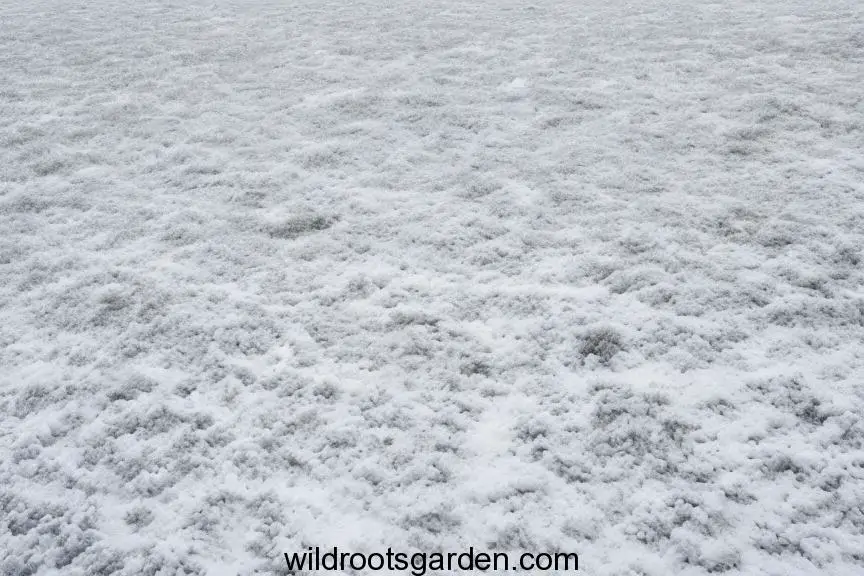
25. Brown Patch
Circular brown patches are produced by the brown patch on lawns, particularly in warm, muggy weather. To avoid brown patches, increase grass aeration, mow at the proper height, and water early in the morning.
FAQs
Q: How can I prevent garden fungus outbreaks?
A: To prevent garden fungus, maintain proper plant spacing, improve air circulation, practice good sanitation, and avoid overwatering.
Q: What is the best way to identify the type of fungus affecting my garden?
A: Proper identification involves examining the appearance of the fungus, affected plant parts, and accompanying symptoms. You can consult gardening guides or seek advice from local experts.
Q: Are there natural remedies to combat garden fungi?
A: Yes, several natural remedies, such as neem oil, baking soda solutions, and garlic sprays, can help control certain types of garden fungi. Research the appropriate remedy for the specific fungus.
Q: Can I save plants affected by severe fungal infections?
A: In some cases, severe infections might be irreparable. However, prompt action, including pruning infected parts, improving plant care, and applying fungicides, can increase the chances of recovery.
Q: Is there a way to prevent the spread of garden fungi to other plants?
A: Absolutely, isolate infected plants, sanitize gardening tools, and avoid working with healthy plants after handling infected ones. This prevents the transfer of spores and minimizes the spread of fungi.
Q: What should I do if I suspect a particularly aggressive fungus in my garden?
A: If you suspect an aggressive fungus, seek guidance from local agricultural extension services or gardening experts. They can offer tailored advice based on your specific situation.
Maintaining a healthy and growing garden requires an understanding of the various forms of garden fungus. You may establish an atmosphere that promotes plant growth while reducing the impact of dangerous fungus by becoming familiar with these typical fungal offenders and taking preventative actions. Keep in mind that proactive management and early discovery are essential to ensure that your garden thrives all year long.

